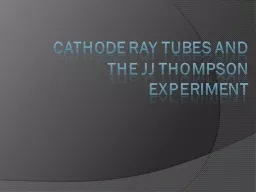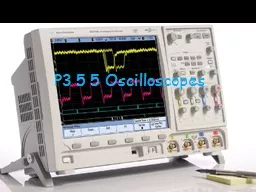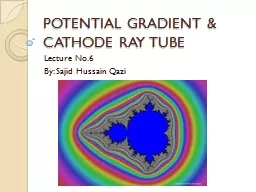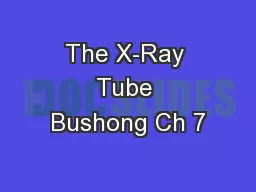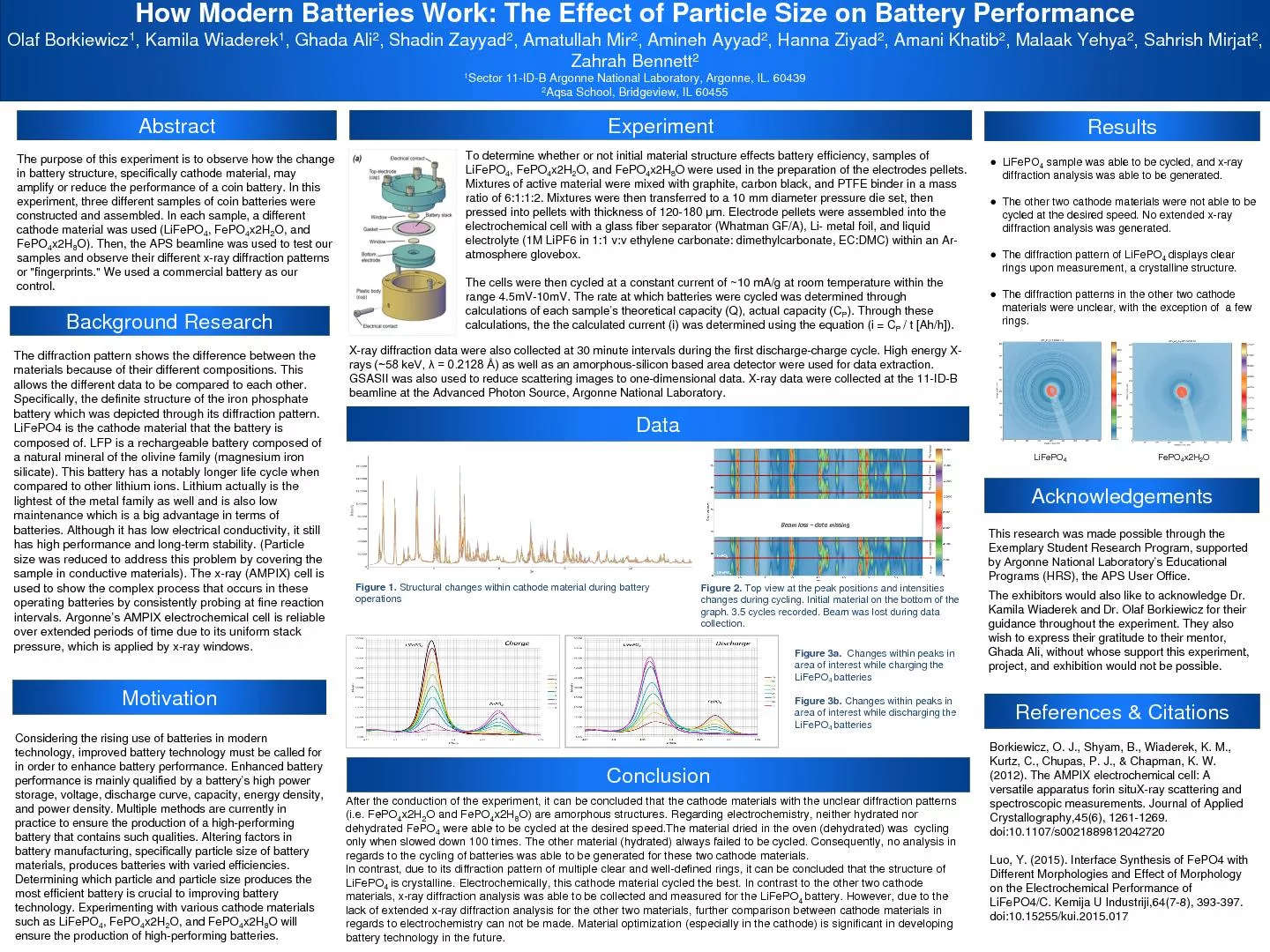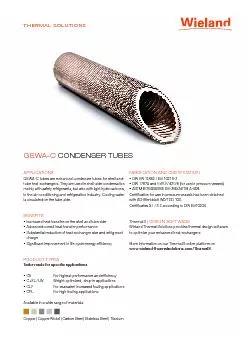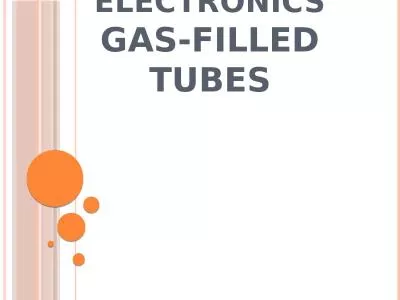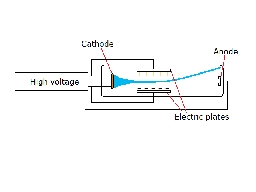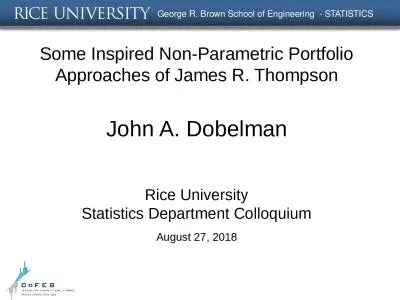PPT-Cathode Ray Tubes and The JJ Thompson Experiment
Author : alexa-scheidler | Published Date : 2018-11-24
Consider the following example 1 The electron beam is produced by accelerating electrons through an electric potential difference of 380 V What is the speed of the
Presentation Embed Code
Download Presentation
Download Presentation The PPT/PDF document "Cathode Ray Tubes and The JJ Thompson E..." is the property of its rightful owner. Permission is granted to download and print the materials on this website for personal, non-commercial use only, and to display it on your personal computer provided you do not modify the materials and that you retain all copyright notices contained in the materials. By downloading content from our website, you accept the terms of this agreement.
Cathode Ray Tubes and The JJ Thompson Experiment: Transcript
Download Rules Of Document
"Cathode Ray Tubes and The JJ Thompson Experiment"The content belongs to its owner. You may download and print it for personal use, without modification, and keep all copyright notices. By downloading, you agree to these terms.
Related Documents

